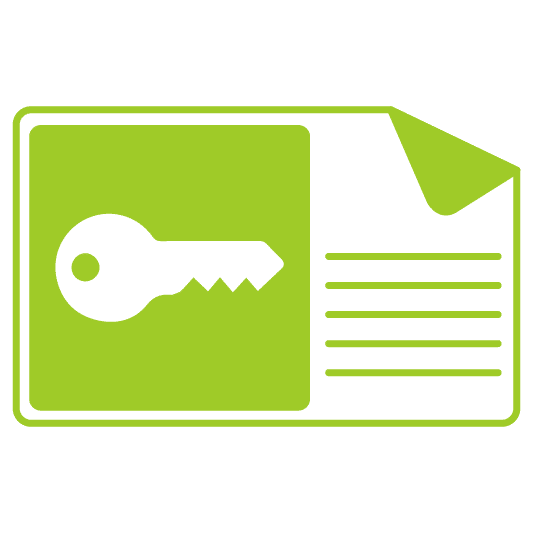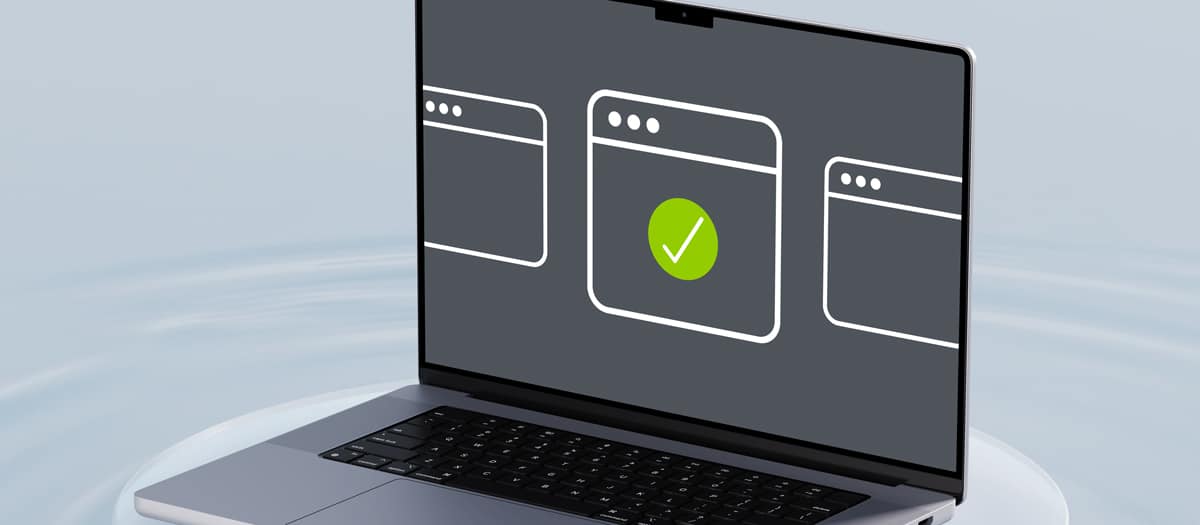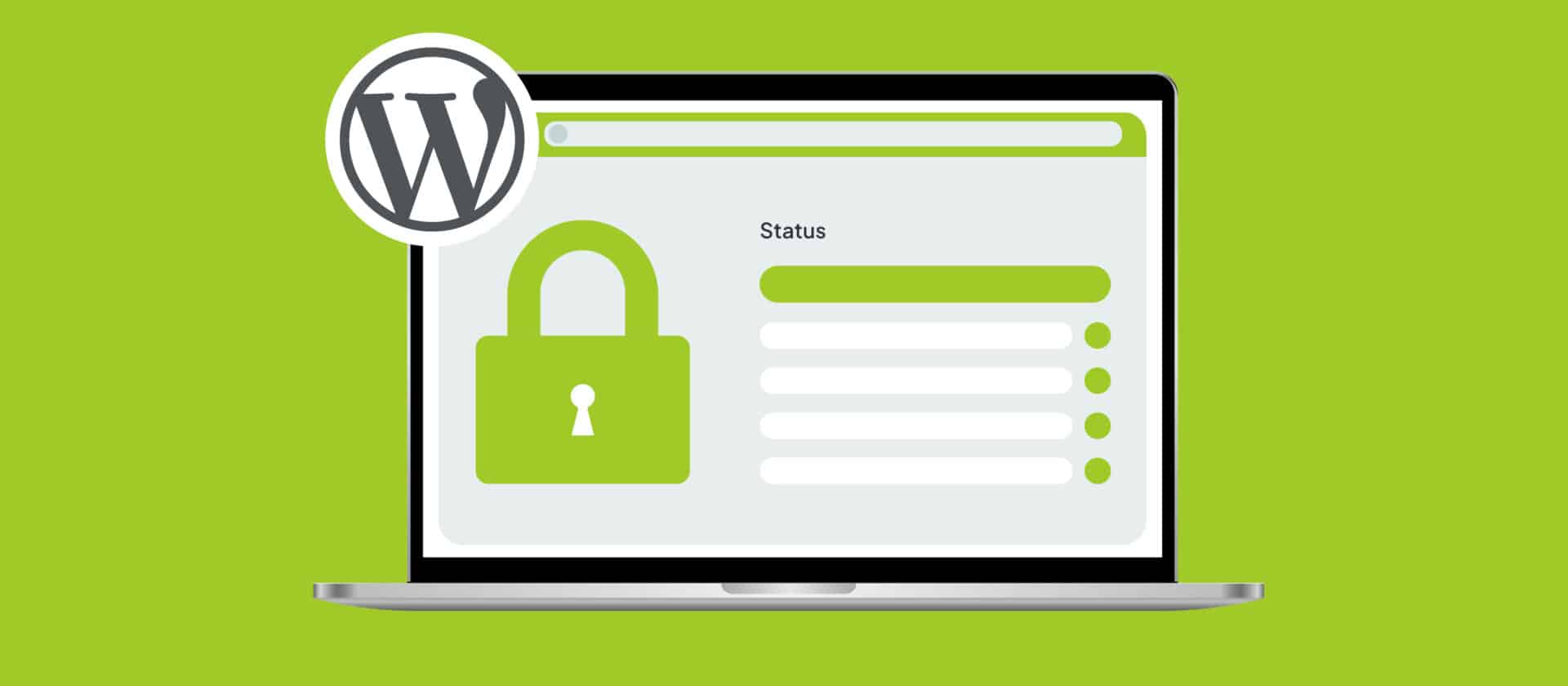But here’s the reality: none of that matters if someone hacks your website. One breach can erode trust, derail campaigns, and shift your team from marketing mode to crisis control.
WordPress powers over 43% of all websites, making it a prime target for attackers — especially marketing sites with their high traffic and access to customer data. Yet, organizations often exclude CMOs from the security conversation until it’s too late.
This WordPress security checklist will provide you with the clarity and language you need to confidently engage in security discussions — with your CIO, your vendors, and your team.
Why CMOs Must Have a Seat at the Security Table
You wouldn’t hand off your brand’s visual identity to just anyone — so why treat your website’s security any differently?
Marketing teams are the daily stewards of the digital front door. You manage content updates, plugin selections, campaign landing pages, third-party integrations, analytics tools, and lead gen forms — all of which connect to one central, high-value asset: your WordPress site.
Each of these tools creates opportunity — but also potential vulnerability.
A breach doesn’t just impact IT. It affects everything you own: SEO rankings, lead flow, brand trust, campaign performance, and even compliance under regulations like GDPR and CCPA. In short, it’s your brand, your budget, and your audience on the line.
That’s why security must be part of your marketing strategy — and why CMOs need a seat at the table armed with a WordPress security checklist that speaks both business and technical languages.
The WordPress Security Checklist for CMOs
Use this checklist as your playbook to lead security-aware marketing — and to ask the questions others might not.
1. Start with Your CIO: “What Are We Doing to Secure Our WordPress Site?”
| Question | What It Means | Why It’s Important |
| Do we have a Web Application Firewall (WAF) in place? | A WAF is a tool that protects your website by blocking harmful traffic, like hackers or bots trying to attack your site. | It helps prevent attacks that could crash your site or steal information, keeping your site running smoothly and securely. |
| Is our SSL configured properly across all pages and forms? | SSL is what makes your website secure, turning “http” into “https” and showing a padlock symbol. It protects things like login details and payments. | Without SSL, sensitive information (like passwords or credit card numbers) can be stolen. It also helps your site rank better on Google and builds customer trust. |
| How are we scanning for vulnerabilities or file changes? | This means checking your site regularly to find any security problems or unexpected changes that could mean something is wrong, like a hack. | It helps catch problems early, before they can be exploited. Think of it like a regular health checkup for your site, keeping it safe and running well. |
| Is customer data (from forms, lead gen tools, etc.) encrypted and stored securely? | It means making sure customer information (like emails or personal details) is locked away and protected from being stolen. | Protecting customer data is not only the right thing to do but is required by law (like GDPR or CCPA). It builds trust and helps avoid serious legal and financial consequences. |
| What’s our breach response process — and where does marketing fit in? | This is the plan for what happens if your site gets hacked — and how your marketing team will help explain it to customers. | Having a clear response plan helps you react quickly and manage customer concerns during a breach. It can save your brand’s reputation by showing customers you’re on top of things. |
2. Audit Your WordPress Environment Through a Marketing Lens
You may not code, but you can ask smart questions that prevent careless exposure. Your WordPress security checklist should include:
- Are only necessary themes and plugins installed — and are they updated regularly?
- Are we using secure, reputable themes and plugins?
- Do we have regular, automated backups (ideally encrypted and off-site)?
- Are forms collecting personally identifiable information (PII) secured?
- Do all admin users have two-factor authentication (2FA) enabled?
3. Customer Data Security: Not Just IT’s Job
You’re gathering data to personalize experiences, qualify leads, and track ROI. But every form, every pixel, every cookie is a point of exposure if not handled properly.
Here’s what to ensure:
- Data from forms is encrypted and goes directly to a secure CRM or marketing platform.
- Consent mechanisms (cookies, GDPR notices) are active and compliant.
- Your team understands how and where customer data is stored — and by whom.
- Third-party integrations (chat tools, analytics, ABM platforms) don’t open security holes.
Marketing owns the customer relationship — and that includes the responsibility to protect it. A robust WordPress security checklist is the first step in safeguarding that trust.
4. Ask Tough Questions of Your Agencies and Vendors
Agencies and Martech partners might build or manage your WordPress presence. Hold them to a high standard.
Ask them:
- How do you manage admin access? Choose agencies or vendors that follow the principle of least privilege, granting admin access only to essential personnel. They should also enforce Multi-Factor Authentication (MFA) for all admin accounts and use encryption to securely store passwords.
- Do you use staging environments and secure deployment practices? Make sure the team uses a staging environment to test changes before going live. Their deployment practices should include automated pipelines and regular security scans to catch vulnerabilities before they affect your site.
- How do you assess the security of plugins you install? Partner with agencies that install plugins only from reputable sources and assess them for vulnerabilities. They should prioritize plugins that developers actively maintain and update regularly.
- Will you notify us of any suspected breach immediately? Make sure your agency actively monitors your site in real time and immediately notifies you of any breaches or suspicious activity. They should follow a clear breach response protocol (which they should share with you) to address the issue swiftly.
- Do you carry cybersecurity insurance? Confirm that your agency or vendor carries cybersecurity insurance to cover potential data breaches and cyber threats. They should be able to provide documentation of their policy when requested.
5. Create a Marketing-Driven Security Scorecard
You can’t manage what you don’t measure. Collaborate with IT to build a security dashboard that includes:
- Plugin/theme status
- Backup frequency
- User access control logs
- SSL status
- Form encryption and compliance tracking
Use this to brief your leadership team quarterly — and show marketing is proactively reducing risk.
CMO-Ready Questions to Keep in Your Back Pocket
Here are five questions you should be ready to ask anyone touching your WordPress site:
- Is WordPress core, plus all themes and plugins, fully updated?
- Who has admin access, and are they using Multi-Factor Authentication?
- Where is customer data from our website stored — and is it encrypted?
- Do we log and review admin activity and plugin changes?
- What is our real-time monitoring solution for suspicious activity?
These aren’t IT questions. They’re brand protection questions.
Final Word: Secure Marketing Is Smart Marketing
Security isn’t a technical footnote. It’s a core component of trust, compliance, and brand equity. As CMO, you have every reason — and every right — to lead these conversations.
Make sure your voice is at the table — not just when there’s a breach, but now, when it counts.
Whether you’re looking to audit your current WordPress setup or build a secure, future-proof digital experience from the ground up, Syde — Europe’s biggest WordPress agency — is here to help. We work hand-in-hand with marketing and IT teams to strengthen the foundation of your digital presence, without slowing down your growth goals.
Because smart marketing doesn’t just move fast — it moves securely.
Protect Your Brand and Get A Security Audit.

Related articles
-

Rethinking WordPress Multisite: Simpler, Smarter, More User-Friendly
When WordPress 3.0 was released back in 2010, named Thelonious after jazz pianist Thelonious Monk, it introduced a feature that fascinated me immediately: Multisite.
-

Contributing to Something Bigger: My Hacktoberfest Experience at Syde
Hacktoberfest has become a recurring highlight in my year and a moment that reminds me why I am committed to open source and why I enjoy being part of Syde.
